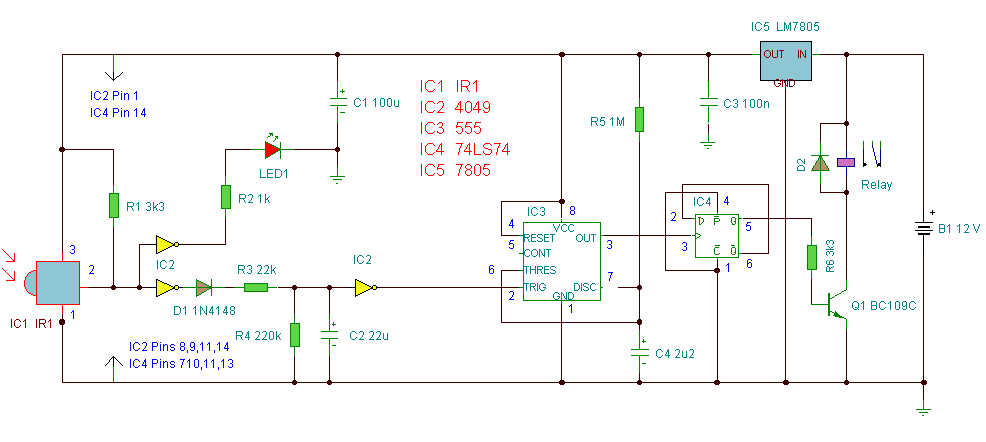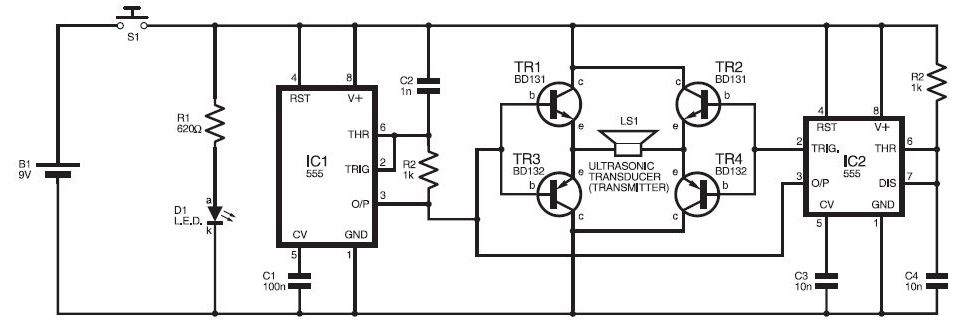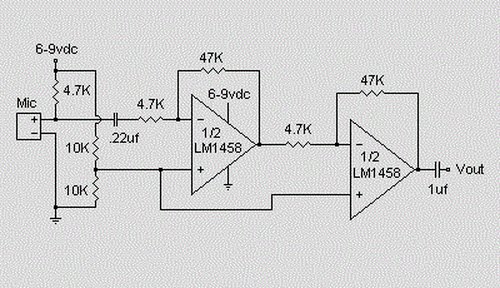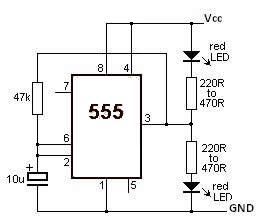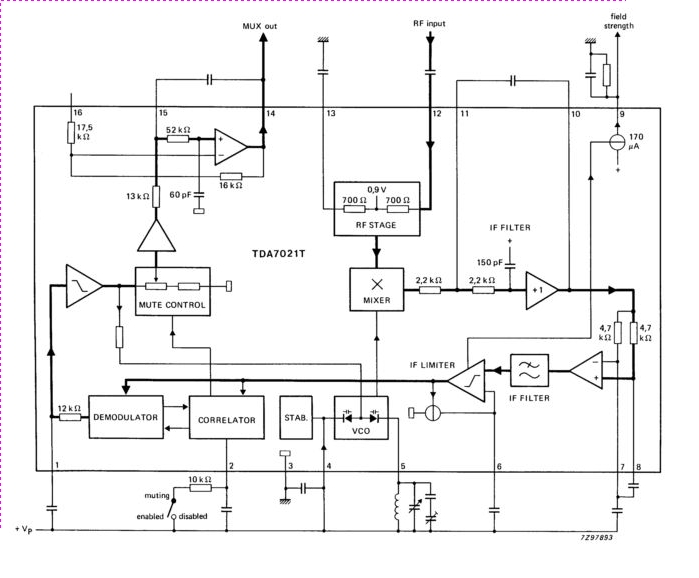
Digital Multiple-Gang Potentiometer Control Circuit
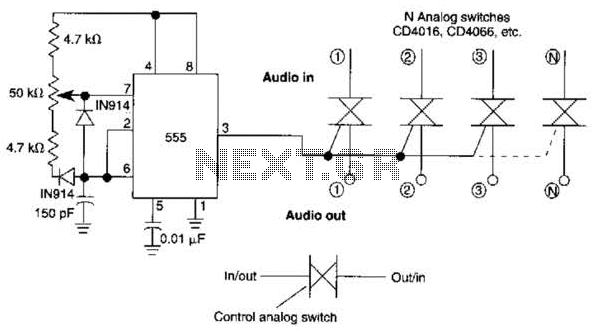
A 555 timer can be configured to simulate a multi-gang potentiometer by controlling the mark-space ratio. The switching rate should be at least twice the maximum expected signal frequency that the potentiometer has to handle.
The 555 timer is an integrated circuit widely used in various applications, including timing, pulse generation, and oscillation. When configured in astable mode, it can create a square wave output that can effectively simulate the behavior of a multi-gang potentiometer. In this configuration, the duty cycle of the output waveform is adjustable, allowing for control over the mark-space ratio. By varying the resistances and capacitance in the circuit, the output pulse width can be manipulated, effectively simulating different resistance values.
To achieve optimal performance, it is crucial to set the switching rate of the 555 timer to be at least twice the maximum frequency of the signal that the simulated potentiometer will handle. This ensures that the output can accurately follow the input signal without distortion, maintaining the integrity of the waveform. The formula for calculating the frequency of oscillation in astable mode is given by:
\[ f = \frac{1.44}{(R1 + 2R2)C} \]
where \( R1 \) and \( R2 \) are the resistances connected to the timing capacitor \( C \). Adjusting these resistances allows for fine-tuning of the output frequency and duty cycle.
In practical applications, the output of the 555 timer can be fed into a low-pass filter or directly into the input of an analog circuit, depending on the specific requirements. The simulated multi-gang potentiometer can be utilized in various electronic devices where variable resistance is needed, such as in audio applications for volume control or in sensor applications where adjustable thresholds are required.
Overall, utilizing a 555 timer to simulate a multi-gang potentiometer provides a versatile and adjustable solution for electronic circuit design, enabling precise control over resistance values and signal modulation. A 555 timer can be configured to simulate a multi-gang potentiometer by controlling the mark-space ratio. The switching rate should be at least twice the maximum expected signal frequency the potentiometer has to handle.
The 555 timer is an integrated circuit widely used in various applications, including timing, pulse generation, and oscillation. When configured in astable mode, it can create a square wave output that can effectively simulate the behavior of a multi-gang potentiometer. In this configuration, the duty cycle of the output waveform is adjustable, allowing for control over the mark-space ratio. By varying the resistances and capacitance in the circuit, the output pulse width can be manipulated, effectively simulating different resistance values.
To achieve optimal performance, it is crucial to set the switching rate of the 555 timer to be at least twice the maximum frequency of the signal that the simulated potentiometer will handle. This ensures that the output can accurately follow the input signal without distortion, maintaining the integrity of the waveform. The formula for calculating the frequency of oscillation in astable mode is given by:
\[ f = \frac{1.44}{(R1 + 2R2)C} \]
where \( R1 \) and \( R2 \) are the resistances connected to the timing capacitor \( C \). Adjusting these resistances allows for fine-tuning of the output frequency and duty cycle.
In practical applications, the output of the 555 timer can be fed into a low-pass filter or directly into the input of an analog circuit, depending on the specific requirements. The simulated multi-gang potentiometer can be utilized in various electronic devices where variable resistance is needed, such as in audio applications for volume control or in sensor applications where adjustable thresholds are required.
Overall, utilizing a 555 timer to simulate a multi-gang potentiometer provides a versatile and adjustable solution for electronic circuit design, enabling precise control over resistance values and signal modulation. A 555 timer can be configured to simulate a multi-gang potentiometer by controlling the mark-space ratio. The switching rate should be at least twice the maximum expected signal frequency the potentiometer has to handle.
